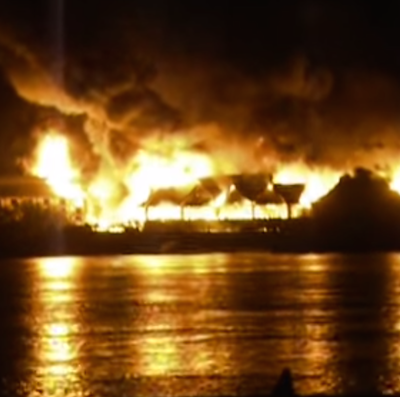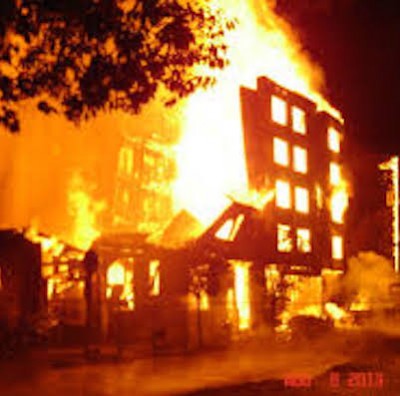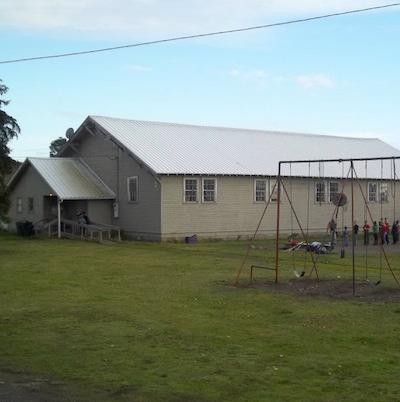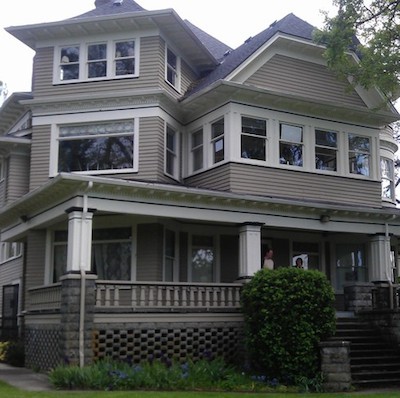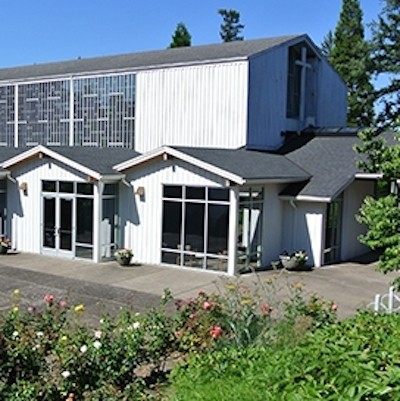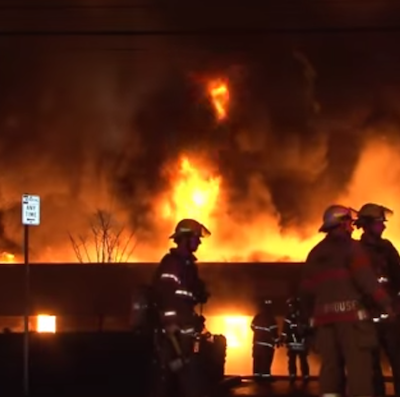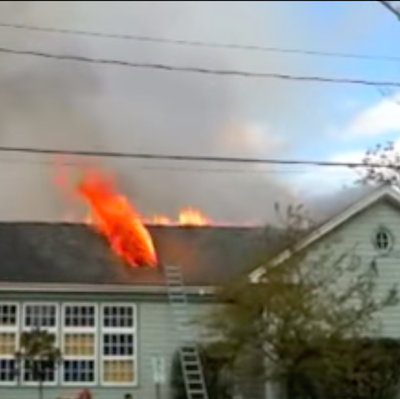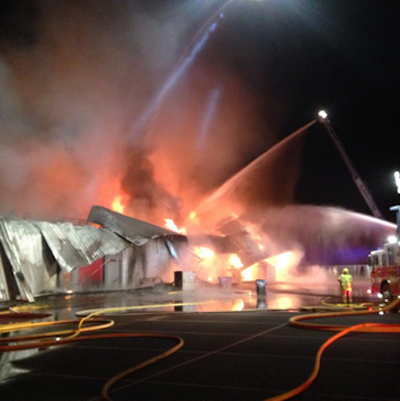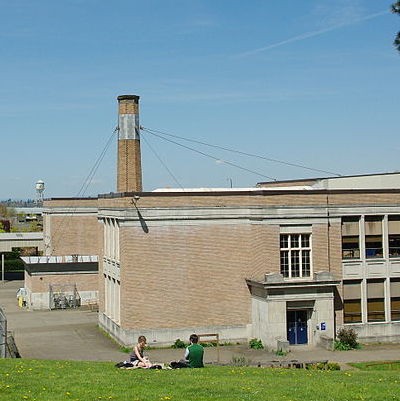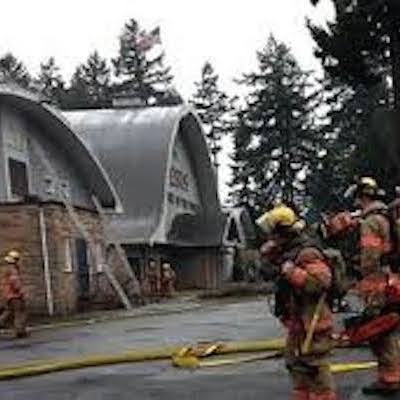Blame for Oregon Forest Fires Falls on Feds, Says Logging Industry
Friday, August 21, 2015
Brendan Murray, GoLocalPDX Contributor
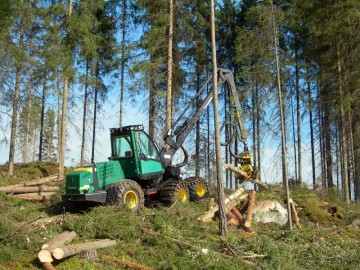 Oregon is in the midst of its third consecutive summer of severe forest fires, and industry professionals say logging limits on federal land are largely to blame.
Oregon is in the midst of its third consecutive summer of severe forest fires, and industry professionals say logging limits on federal land are largely to blame.
The fires have already made their costs felt, as the Oregon Department of Forestry has already spent an estimated $25 million to date on this year’s blazes. This comes on the heels of two consecutive severe seasons in 2013 and 2014, the former of which was the most destructive wildfire season in the state’s history.
Executives and professionals within the logging industry told GoLocal on Thursday that limits on logging in National Forests and other federally owned lands are making conditions perfect for large-scale fires. Oregon does not have a similar ban on state-owned lands.
Andrew Miller, CEO of Stimson Lumber, one of the state’s largest timber companies, told GoLocal that the ban allows unsafe conditions to take hold on public lands. This makes them particularly susceptible to forest fires.
“What a lot of this is caused by is the poor shape of the federal forests,” Miller said. “The fires start there, but once they start, the fire doesn’t know where property lines begin and end. They just burn.”
 |
| Andrew Miller |
Logging on federal lands was first limited in the early 90’s. More severe limits on logging on any roadless federal land were then passed by President Bill Clinton in 2000, essentially ending the practice on federal lands.
Miller said this was a huge mistake.
“As soon as the ban on logging took effect, fire conditions worsened,” he said. “Four or five years after the ban was put in place fires started to really ramp up.”
The reason for the increase is simple, he said. When logging in these areas stopped, more and more trees began to fill the lands. These trees, particularly ones that have died and become dried out, rather than be chopped down by a logging company, give the fire easily combustible fuel.
“Once logging was stopped the forests got older and older and more and more trees died off,” Miller said.
Jim Geisinger, the executive vice president for Associated Oregon Loggers, told GoLocal he agreed with Miller’s take.
“We only harvest about 10-to-15 percent of the timber we used to from those areas,” he said. “The land becomes overstocked with trees, many of them are dead, and when a fire starts that really makes things worse.”
Geisinger also said that fires that start on protected lands are often the fires that cause the most damage.
“When a fire starts on federal land, it is almost always bigger than one that starts on a private owned area,” he said. “In fact, there are examples of fires that start on federal land and are very severe but once they get to private land, where the forests are healthier, they weaken considerably.”
These fires can mean big losses for Oregon’s logging industry. Already, companies like Seneca Saw Mills, DR Johnson and Ochoco Lumber have had lands damaged in the fires.
In 2013, during the state’s worst fire season to date, Rosenberg Forest Products suffered more than $6 million in lost timber. Miller said that on top of the costs of the lost timber, it could take decades to return those areas to their previous state.
Miller said he doubted that a fix was around the corner.
“There is no solution,” he said. “It’s just going to continue.”
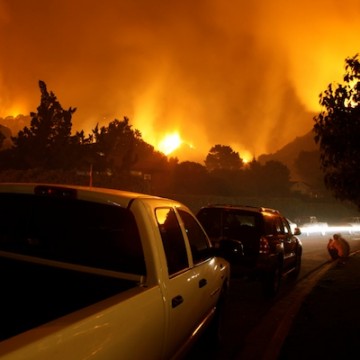 Is the weather to blame?
Is the weather to blame?
Chris Strebig, a spokesman for the U.S. Forest Service, downplayed the restrictions. He pointed out that the Forest Service does provide timber sales for distressed areas to private bidders from time to time.
He also told GoLocal that there are plenty of other elements at play in the recent spike in forest fires. He said extreme weather has played a major role in the blazes.
“What’s been a big problem in the west is the weather we’ve seen recently,” he said. “Those states saw far less snowfall this year, which means they had much less snowpack, which worsens conditions.”
He also cited this summer’s brutal heat. Oregon has more days of 90 degrees or higher this year than any other year in its history. Strebig said that, coupled with the dry conditions, provides for severe fires.
“Oregon has seen a lot of dry lighting as well, which makes things worse,” he said. “Lightning can hit a tree and catch fire, and soon there could be a large one.”
Strebig acknowledged that the debate surrounding forest protections and logging regulations will be on going, but said the Forest Service’s department is the situation at hand.
“We’re focusing our resources on this severe and tragic fire,” he said. “Our goal is to make sure that firefighters and communities are safe. The time for debate on this is not right now, it’s later.”
